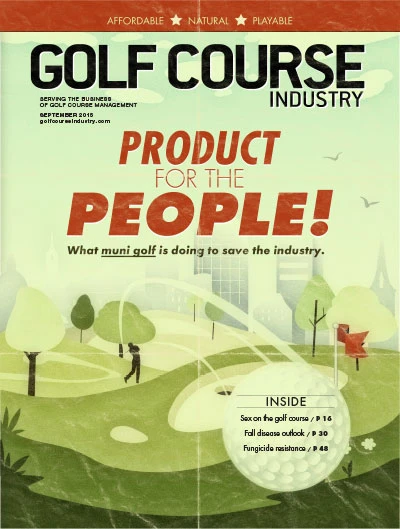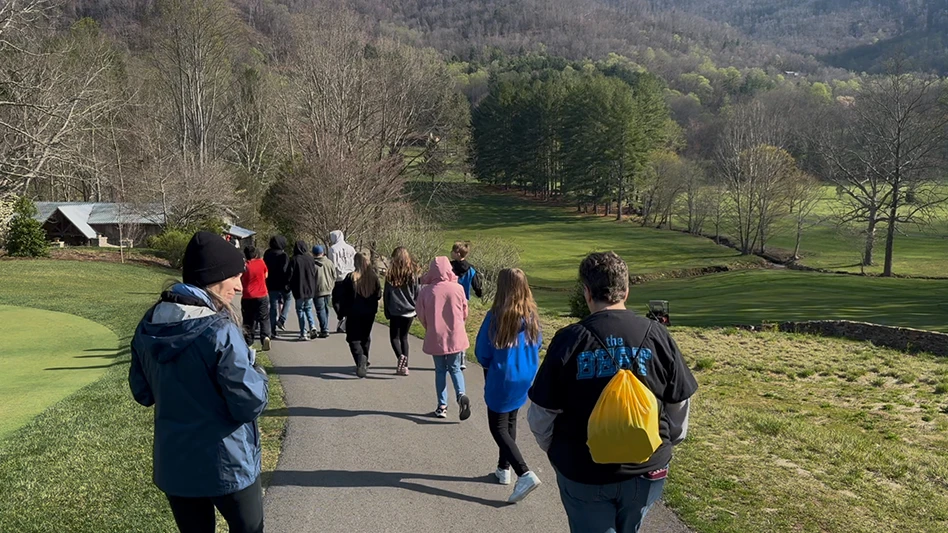
|
|
It seems there is always one product failure or another in our industry. A new piece of maintenance equipment comes on the market, you buy it and then you find — despite exhaustive testing (the manufacturer’s words, not mine) — there are several flaws in the parts, features or operation. Irrigation is no different and probably even worse than maintenance equipment. I cannot remember a time when irrigation equipment manufacturers haven’t had one product problem or another. Whether it is circuit boards in controllers, bottom valves or pilot valves in sprinklers, solenoids, fittings or whatever, it always seems to be something. Over the last few years, it seems product problems have been abundant, and that in the manufacturer’s haste to bring out new and innovative equipment — to get a leg up on the competition — that extensive product testing, at least in the field, does not always get completed. So what do you do when you have an irrigation product problem? Unfortunately, there is a hierarchy in how product problems are treated. It can be very frustrating and it is hard to circumvent the process. Normally you contact your distributor. If it is a newly installed system, you start with the contractor who then contacts the distributor adding a layer of communication. The distributor will usually send out someone to examine the issue and possibly collect samples. The distributor will then contact the manufacturers, who will want the samples for testing. Many times you will hear that it is the first time they (the manufacturer) have heard of your issue. Rarely is that the case. The manufacturer will look at the product and report back as to whether it is a product problem or some other issue. Many times it’s labeled as an installation problem caused by “dirt and debris” even if you know better. But let’s say it is actually a manufacturing problem, what can you expect? First, the defective product should be replaced at no cost. If it is a major issue, all of the same product should be replaced whether it is giving you issues or not. For example, if you have 50 bad pilot valves, all of the pilot valves on the same model sprinklers should be replaced, not just the 50. You do not want to end up with a mishmash of different products on your course especially with new equipment. Next, the manufacturer decides who is going to make the repairs; an outside contractor or your maintenance staff. No matter which one, the manufacturer should be paying for the labor work. Many times this “replacement” or warranty work is negotiated, so make sure you are being treated the same as everyone else. The manufacturer may want a certain contractor to do the work due to cost, but if it is warranty work or replacement of components on a new system, insist that the work be done by the installing contractor (unless you didn’t like them) so that you do not mess up the warranty on the rest of the system. Many times that will cost the manufacturer more money, but that’s not your issue. History shows that different clubs are treated differently, as well as different contractors. Make sure you are being treated fairly. Also, make sure the replaced components and parts get a new or extended warranty. Make sure the warranty does not start until you are satisfied the replacement components actually work. Again, history shows sometimes replacement components are as bad as or worse than what was being replaced. You will also need to deal with the politics of the work with your membership/clientele. For example, you install a new irrigation system in the fall of 2014 and here you are in the fall of 2015 digging up sprinklers. People will notice that the brand new irrigation system that cost millions of dollars is being dug up. You will need a response when asked what is going on. The best way to deal with the disturbance to the course with members and others is before the work happens, but it will vary between a private and public facility. Make sure your staff and the contractor know the appropriate response. Product problems are a reality and issue on new irrigation systems. Make sure if you have an issue, the manufacturer, distributor and contractor treat you fairly and with respect. On the flip side, the club or facility needs to treat everyone involved with the work with respect as long as they are working toward rectifying the problem.
Brian Vinchesi, the 2009 EPA WaterSense Irrigation Partner of the Year, is president of Irrigation Consulting Inc., a golf course irrigation design and consulting firm headquartered in Pepperell, Mass., that designs irrigation systems throughout the world. He can be reached at bvinchesi@irrigationconsulting.com or 978/433-8972. |

Explore the September 2015 Issue
Check out more from this issue and find your next story to read.
Latest from Golf Course Industry
- The Aquatrols Company hires marketing manager
- Renovating Bredemus in West Texas
- Renovation starts at Okatie Creek GC at Sun City Hilton Head
- The Fittest Podcast in Turf: Episode 1
- New 6-hole course debuts in Oklahoma
- GCSAA announces Grassroots Ambassador Leadership Award recipients
- Reel Turf Techs: David Gummo
- PBI-Gordon promotes two to executive level






